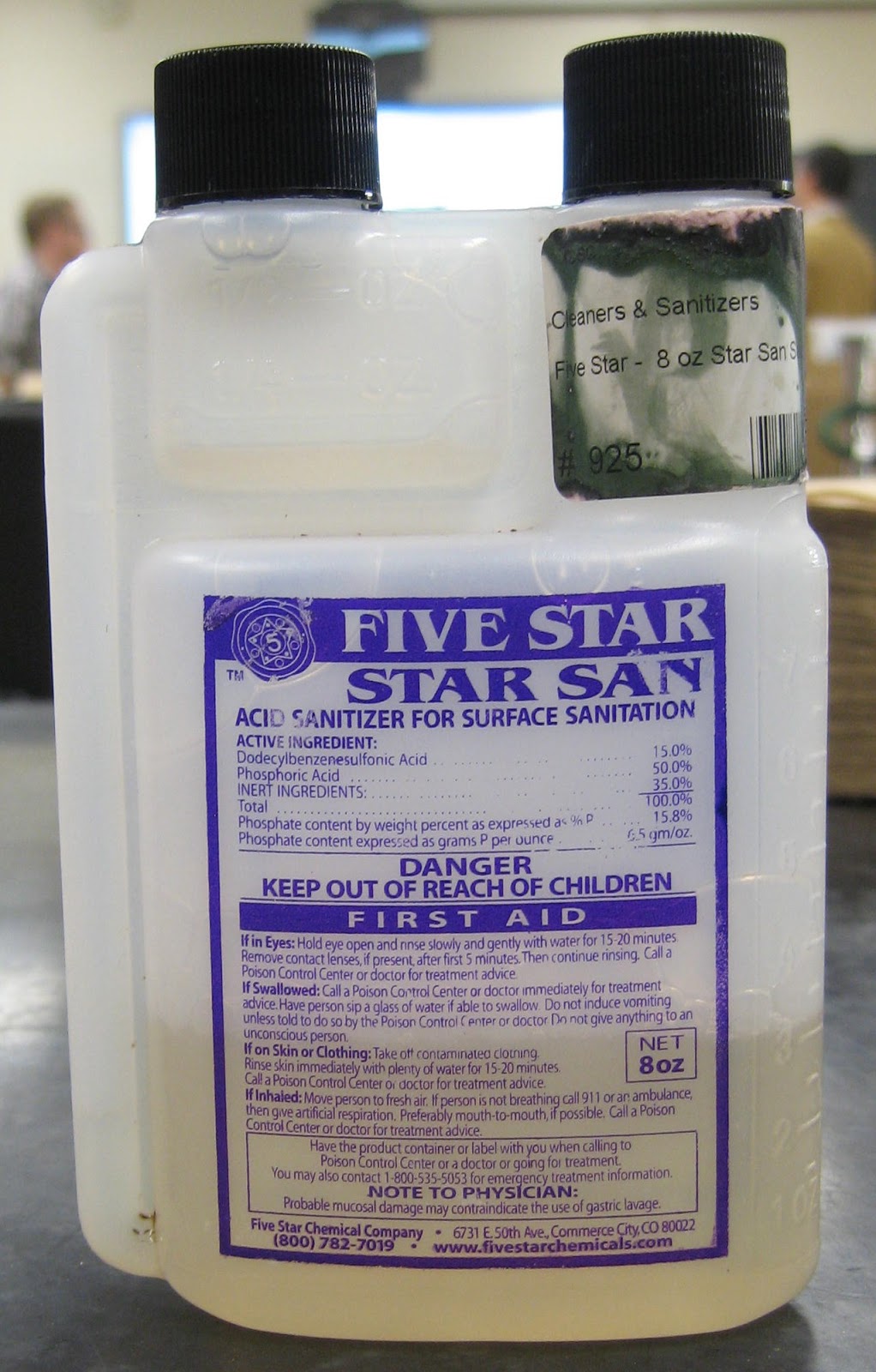Celebrating the end of the semester
I do not have any pictures to share, as I forgot my camera at my apartment! But during our last PLPA 631 Fungal Laboratory class on November 28, 2012, we presented our unknowns projects to the class via 10-minute PowerPoints. We then moved from the laboratory classroom on the third floor of the L.F. Peterson Building to a conference room on the first floor, where we enjoyed socializing, drinking the beer we made (see Lab 10 and updates in my blog), and eating the mushrooms (pearl oyster and Shiitake) we grew (see Lab 12 in my blog). The mushrooms were harvested from patches the night before the social and incorporated into dishes made by a few of our classmates (Lauren and Sheila), our "TA" (Cruz) and co-laboratory instructor Dr. Dan Ebbole. We enjoyed eating homemade bread topped with mushroom-infused oils (brought by co-laboratory instructor Dr. Brian Shaw) and a red pepper-mushroom relish, soup, quiche, fingerling potatoes, bread pudding and pasta. Everything was delicious, including the beer. Cheers!
Following are some pictures of me during the semester.
 |
| Me at Monterey Mushrooms in Madisonville, TX. Classmates Lauren (left) and Charity are behind me. |
 |
| Me and co-laboratory instructor Dr. Dan Ebbole inoculating a corn seedling with Ustilago maydis. |
 |
| Me tasting our clarified beer. Classmate Chris is behind me. |
 |
| Me tasting the coral form of a pearl oyster mushroom. Classmate Sheila is behind me. |




+(Cercospora).jpg)
+(Cercospora)+2.jpg)

















































